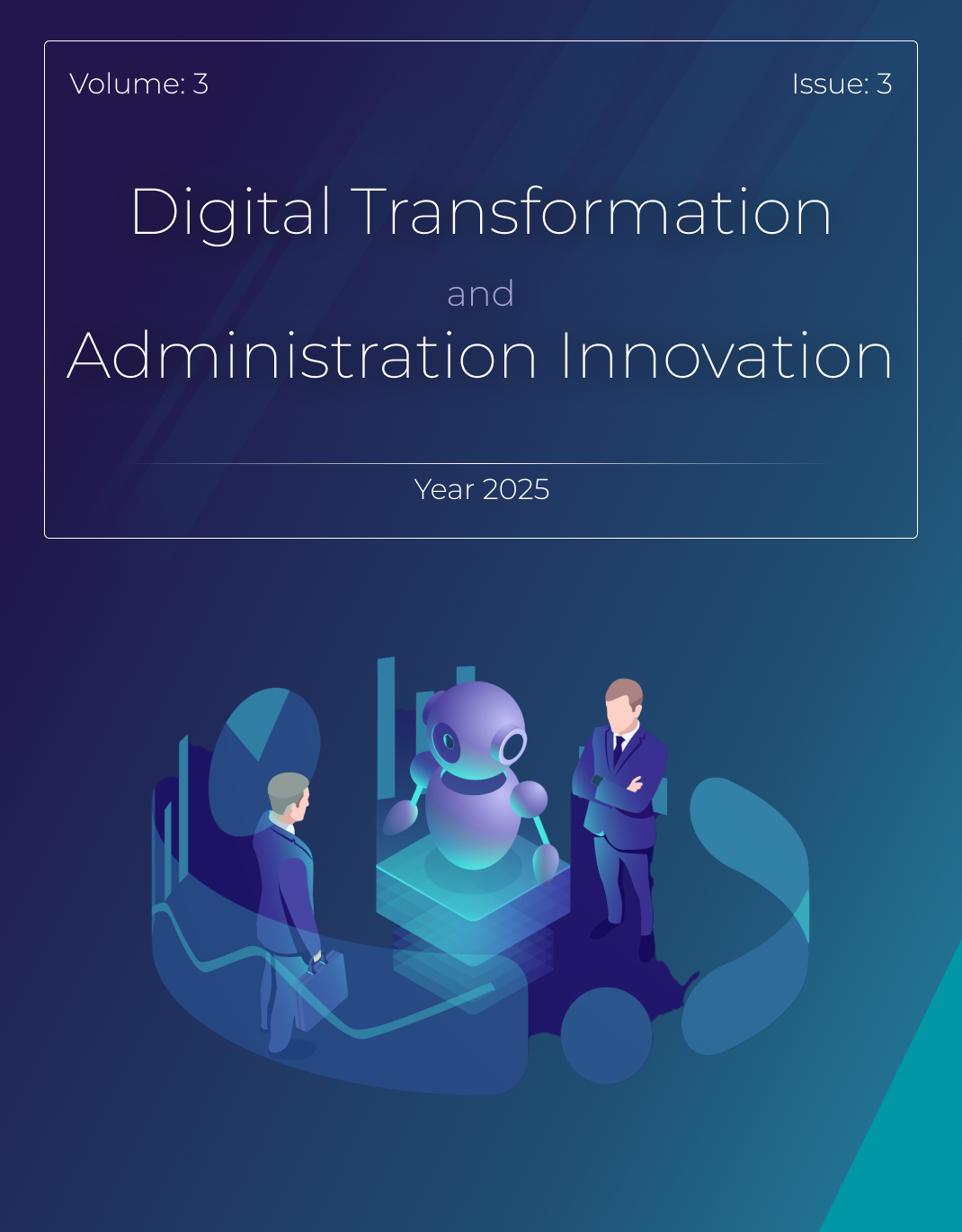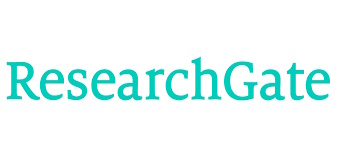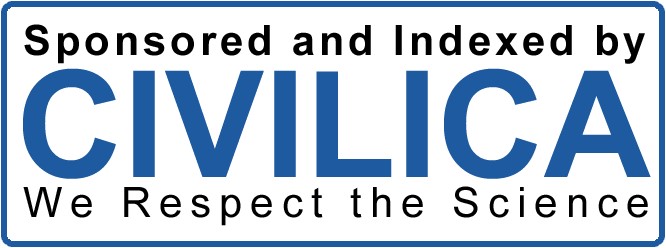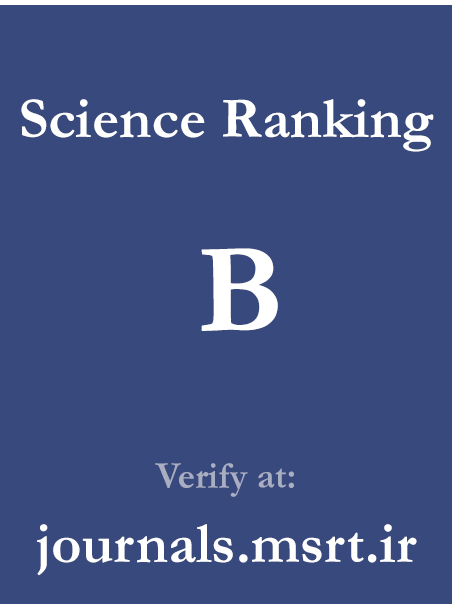Identifying the Components of a Coherence-Oriented Model for Structuring Administrative System Policies
Keywords:
Administrative structure, policy coherence, Civil Service Management Law, structural reform, thematic analysis, Iran, public administration, inter-institutional coordination.Abstract
This study aims to identify and categorize the components of a coherence-oriented model for structuring administrative system policies in Iran, with a focus on Chapter Four of the Civil Service Management Law. Employing a qualitative multi-case design, this research focused on legal texts and expert insights related to administrative structural policies. The data corpus included Chapter Four of the Civil Service Management Law, relevant executive regulations, and semi-structured interviews with 20 policy experts, managers, legislators, and academics selected through purposive and snowball sampling. Data collection continued until theoretical saturation was reached. Thematic analysis was conducted following Braun and Clarke’s six-phase framework, and a total of 214 open codes were extracted, organized into 43 basic themes, 21 organizing themes, and ultimately 6 global themes. Documentary evidence was triangulated with expert interviews to enhance validity. The thematic analysis yielded six global themes that reflect the sources and nature of policy incoherence: legislative and regulatory development requirements, internal coordination, procedural coherence, external coordination, content coherence, and synergy and integration. Key issues identified include outdated or overly generic legislative clauses, lack of clear authority delegation, inconsistent procedural norms across branches, reluctance to implement privatization policies, contradictions between legacy and current laws, and political resistance to structural reform. These factors were found to systematically undermine alignment, accountability, and effective execution of structural administrative policies. The study concludes that achieving coherence in structural administrative policies requires a multidimensional approach that integrates legal clarity, inter-institutional coordination, procedural consistency, and political alignment. A coherence-oriented model can serve as a diagnostic and prescriptive tool for policymakers aiming to reform Iran’s administrative system and align structural regulations with governance goals.
Downloads
References
Abbas Abadi, H., Kord, B., & Imani, A. M. (2022). Identifying Dimensions and Designing a Model for Evaluating Public Policies in Iran with a Good Governance Approach. 1st National Conference on Theoretical and Technological Approaches in Administrative Sciences,
Abbasabadi, H., Kord, B., & Imani, A. (2022). Identifying Dimensions and Designing an Optimal Evaluation Model for Public Policies in Iran with a Good Governance Approach. 1st National Conference on Theoretical Approaches and Modern Technologies in Administrative Sciences,
Asadpour Hamzeh, A., Amirkabiri, A., & Rabiei Mandjin, M. R. (2023). Designing and Explaining a Model Based on Systemic Policymaking (With Emphasis on Almond Model) in the National Iranian Tax Administration. Tax Research, 30(53), 7-44. https://doi.org/10.52547/taxjournal.30.53.1
Ehsani, M. (2021). Challenges in administrative reforms in Iran's social security sector. Journal of Public Policy and Administration, 14(3), 345-361. https://doi.org/10.1080/10740678.2021.1937892
Fadaei, J., & Kiani, M. P. (2018). Design Policy Template for Reforming and Improving the Administrative System (Case Study: National Iranian Gas Company). Journal of public Administration Mission, 9(3), 39-53. https://www.magiran.com/paper/2363322
Falsafi, A., Memarzadeh, G., Alvani, S. M., & Mousakhani, M. (2020). Model for Employees Human Dignity in Iran Public Organizations. Management Studies in Development and Evolution, 29(97), 162-190. https://doi.org/10.22054/jmsd.2020.8775.1569
Gharabaghi, M., Moghimi, S. M., & Latifi, M. (2021). A meta-synthesis of public policy implementation studies in Iran. Iranian Journal of Public Policy, 7(3), 243-260. https://doi.org/10.22059/jppolicy.2021.83377
Gorjipour, H., khashei, V., Eslambolchi, A., & Asghari Sarem, A. (2019). Developing the Evaluative Model for Cultural Policy Making Process based on Qualitative Study of Cultural Documents of Islamic Republic of Iran. Journal of Public Administration, 11(1), 47-72. https://doi.org/10.22059/jipa.2019.268859.2409
Hoseini, M., Ahmadi Shadmehri, M. T., & Gorjipour, M. J. (2021). The Effect of Democracy on the Relationship between Economic Growth and Income Inequality in Iran. Quarterly Journal of Quantitative Economics, 18(1), 1-16. https://doi.org/10.22055/jqe.2020.29003.2058
Kamali, Y., Sheikhzadeh-Joshani, D. K., & Atra. (2021). A Meta-Synthesis of Mechanisms for Preventing and Combating Administrative Corruption in Iran. Strategic Policy Studies Quarterly, 10(37), 384-417.
Kamali, Y., Sheikhzadeh Joshani, S., & Athara, K. G. (2019). Overcombining the Mechanisms of Preventing and Fighting Against Administrative Corruption in Iran. Strategic Studies of public policy, 10(37), 384-417. https://sspp.iranjournals.ir/article_244255.html
Karouni, H. (2018). Administrative Corruption from the Perspective of Populist Criminal Policy in Iran's Legal System Shahid Ashrafi Esfahani University].
Moeinkochaksaraeii, M., Matani, M., Yousefzadeh, M., & Varedi, S. (2023). Designing the Human Resources Development Model of Electronic Government with an Administrative Health Approach (In the Administrative Organization of Mazandaran Province). iase-idje, 6(1), 198-209. https://doi.org/10.61186/ijes.6.1.198
Montazer Ataei, M., Akbari, A., Cherabin, M., & Karimi, M. (2019). The Rational Model In Policy Making of Islamic Azad University Education System. Journal of public Administration Mission, 10(3), 1-10. https://www.magiran.com/paper/2363260
Nouri, K., Hemmatian, H., Forati, H., & Faezirazi, F. (2020). Provide a conceptual model of e-government development: Review of e-government development in the administrative system reform program. Public Policy In Administration, 10(4), 18-34. magiran.com/p2363237
Pourkiani, M., Rahmani, M., Jalal Kamali, M., & Derakhshan, M. (2021). Identify and present the model of administrative health policies and examine its relationship with organizational effectiveness (Case study; Ministry of Economic Affairs and Finance). Strategic Studies of public policy, 11(38), 180-202. https://sspp.iranjournals.ir/article_245348_5748cec55889a615b140acc97cb770f6.pdf?lang=en
Rahnavard, F., Seihoon, A., Mortazavi, M., & Taherpour Kalantari, H. (2019). Designing an e-governance Framework for Export Development Policy Formulation. Public Administration Perspective, 10(3), 102-129. https://doi.org/10.48308/jpap.2019.96559
Ramezanpour, D., Abdolhamid, M., & Rezaeian, A. (2020). Presentation of a Model for Factors Affecting the Participation of Elites in the Process of Formulation of the Public Policymaking of the Islamic Republic of Iran. Public Management Researches, 12(46), 37-67. https://doi.org/10.22111/jmr.2020.29228.4507
Ramezanpour, D., Abdulhamid, M., & Rezaeian, A. (2019). Presenting a model of factors affecting the participation of elites in the process of formulating public policies of the Islamic Republic of Iran. Journal of Public Administration Research, 12(46), 37-67. https://jmr.usb.ac.ir/article_5257_655.html?lang=en
Rostamloo, R., Nargesian, A., & Manourian, A. (2018). Identifying Inhibiting Factors of Council-Based Policy-Making in Iran; Case Study: Supreme Administrative Council. Public Policy Quarterly, 4(4), 75-90. https://jppolicy.ut.ac.ir/article_69718.html?lang=en
Seyedi, S., Danaeefard, H., Ganjali, A., & Khaef elahi, A. (2020). Designing a Competency Model for Top Public Administrators with Meta-synthesis. Strategic Studies of public policy, 9(33), 54-79. https://sspp.iranjournals.ir/article_43214_3503fcb193750725030fe1a3dab65b6b.pdf
Shadmehr, M. (2023). Reforming Iran's social security system: A focus on administrative efficiency. Middle East Journal of Public Policy, 18(1), 21-36. https://doi.org/10.1080/23344582.2023.1270124
Sheikhbagloo, Z., Timoornejhad, K., & Abbaszade, Y. (2022). Development and validation of a stakeholder participation model in public policy-making in the Food and Drug Administration of the Ministry of Health. Public Policy In Administration, 4(12), 47-57. https://doi.org/10.30495/ijpa.2022.60193.10755
Downloads
Published
Submitted
Revised
Accepted
Issue
Section
License
Copyright (c) 2025 Mansoureh Karimi (Author); Hossein Aslipour (Corresponding author); Hadi Khanmohammadi, Davoud Hosseinpour (Author)

This work is licensed under a Creative Commons Attribution-NonCommercial 4.0 International License.







